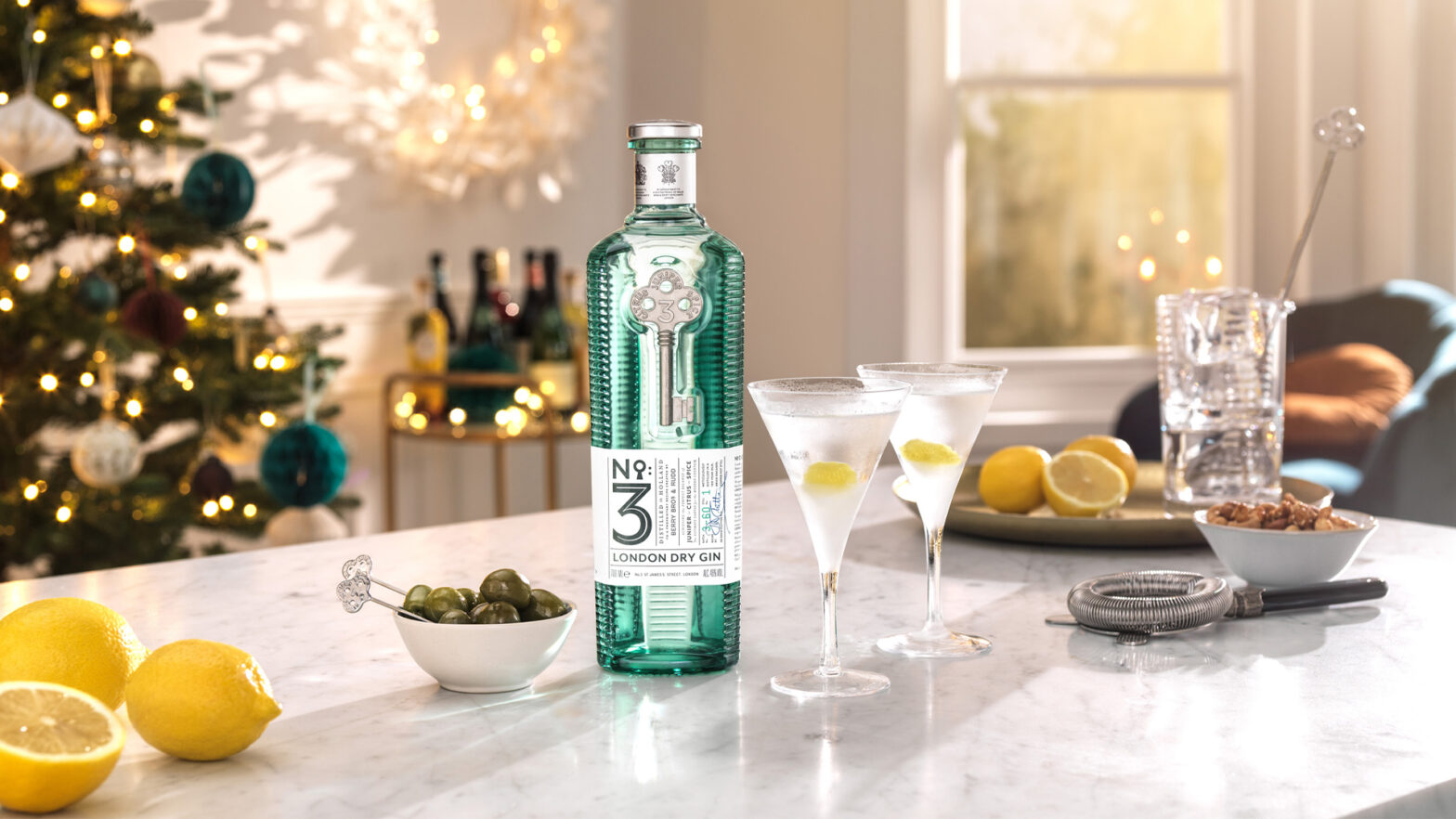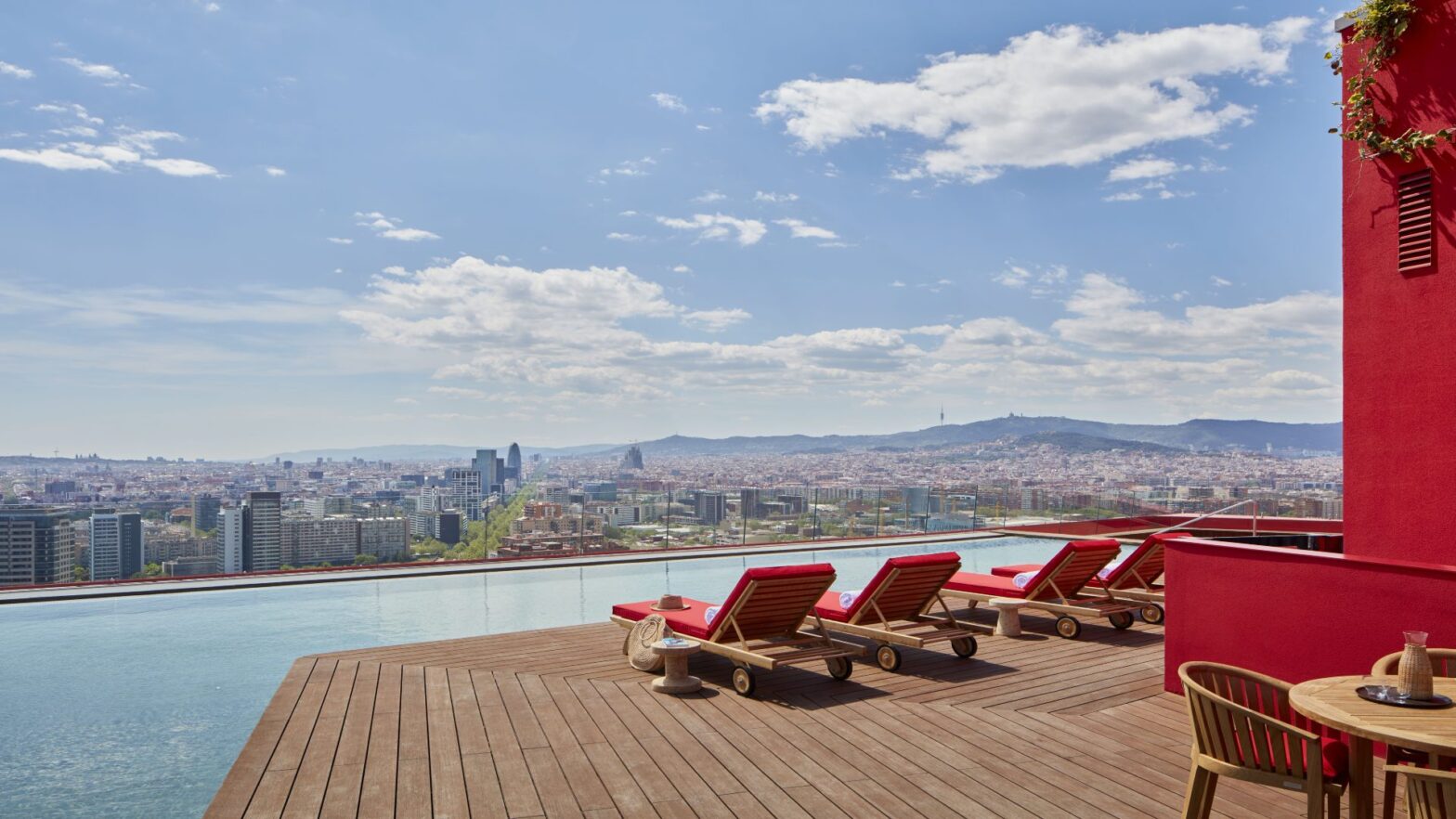
In any typical year, the most highly anticipated event on the UK’s fashion calendar is London Fashion Week. But not this year. Today, April 12th is the date marked in everyone’s diary, as it’s the first time this year that non-essential retail outlets have been able to open.
In this piece, Robert Lockyer, CEO and founder of Delta Global, an innovative and sustainable packaging supplier for luxury retail brands across fashion and beauty, discusses how businesses can create kerb appeal in order to entice customers back in-store.
Four months into 2021, and for the majority of brands, not a single garment or accessory has been sold in a physical store. No customer has been able to browse, try on and immediately take home an item, all while enjoying a curated brand experience, in-person.
You would think then, customers will be rushing back to shops once they reopen. However, the playing field has changed. Just because shops have been closed, it hasn’t meant consumers have been going without their fashion fix. Rather, they have turned their attention, and taken their money, online. And according to a recent survey, 90% of these now-digitally-savvy shoppers will continue purchasing through ecommerce channels post-pandemic.
Kerb appeal is vital for the successful reopening of retail. All efforts must go towards enticing customers back to stores, but while also ensuring their health and safety remains pivotal, as this will help rebuild trust and confidence in the long run.
And unfortunately, this will require much more than mannequins in the window modelling the week’s new-in pieces, or sale signs plastered across the store front. Instead, brands will need to think outside the box, and adjust focus to the needs and expectations of a COVID-effected audience.
Window displays
Now, that’s not to say window displays are no longer important. It simply means rethinking the content and purpose of the display. What’s shown will be a store’s one and only chance to catch the attention of those passing by and reassure them of the safe and risk-free environment inside.
Therefore, it’s likely we’ll see a greater number of stores adopting an informative approach for their displays, which may include signage regarding the measures the brand is taking to ensure the safety of any visitors. However, this poses the challenge of standing out. If all stores take the same approach, what is it that yours will do differently in order to set it apart?
Digital or interactive displays are one option. It could be that a digital board placed in the window at the front of a store displays the number of customers that are currently inside alongside a capacity amount, which can reassure shoppers of the space available, or enable them to make their own mind up about the risk. Similarly, a graph displaying footfall rates over time can also inform customers when might be the best time to return or the periods which should be avoided, help both the brand and customers to contain the spread of the virus.
But as well as this, brands can use their window displays to express other important values too. For instance, Fortnum & Mason, who is renowned for its quirky and extravagant window displays, recently used the platform to showcase its commitment to eliminating single-use plastic from its stores and products. Using 140 tonnes of what had been removed, the brand created a plastic whale which is displayed in the window, alongside a message explaining the move.
While the message might not be strictly COVID-related, it is appealing to the newfound focus on sustainability and ethics, which consumers have adopted due to pandemic restrictions, and is likely going to be a huge success in generating interest and driving in-store purchases.
In a similar move, Selfridges’ not-so-subtle “Let’s change the way we shop” signage that is displayed not only on windows, but also across the bricks of the higher storeys of the Oxford Street store, is another example of a way to appeal to these consumer needs.
But while window displays are a way to get them in, these values and efforts must be reinforced by the in-store offering in order to encourage a purchase. For example, for brands that take a sustainability approach, this must then be reflected in their use of packaging. The plastic bag charge is of course, mandatory, but those enticing customers with a claim of sustainability will be expected to be doing more through use of innovative packaging solutions that are not only recyclable, but also manufactured ethically.
After all, this packaging is another great opportunity to generate kerb appeal among customers who may not be directly outside your shop, but instead, pass someone who is carrying a bag on the street or in a shopping centre.
The experience economy
It’s no secret our economy has taken a significant hit as a result of the pandemic, and financial concerns are likely going to be a hinderance to store sales figures bouncing back any time soon. However, the experience economy is booming. And as we navigate out of restrictions, consumers’ desire and demand for experience will be stronger than ever, particularly after having been deprived of them for so long.
This will be key for creating kerb appeal. Shops must understand that the in-store offering and services, which play a significant role in creating a brand experience, will play a much bigger role in encouraging a store visit, than simply the products on offer themselves.
In the luxury sector, the in-store experience has long been an influencing factor when it comes to making a purchase. It’s the personal greeting at the door, followed by tailored advice and attentive customer care, and maybe even a private dressing room and a glass of champagne, which help encourage sales. The service is personal and unique to the sector, which makes the purchase feel that much more special, as well as helps build trust with customers before they part ways with a larger sum of money.
This level of service isn’t something that can be replicated online, and will likely be a reason for the successful, and long anticipated, reopening of stores. However, experience should span far beyond this in the post-COVID era if stores are to remain resilient to digital transformation and advancements in technology.
Going forward then, brands should look towards those who offer much more than a point of sale for inspiration. Again, let’s take Selfridges as an example. The brand has perfected its experiential offering, which combines the attentive and tailored luxury service, as well as personal shopping assistants, restoration services and even a restaurant and bar. A visit to the department store is much more than a shopping trip, but instead, a complete leisure experience.
And away from luxury, even brands such as Primark have developed an experiential model with the introduction of cafés, restaurants and beauty bars into its stores. While the retailer is one of the few in fast fashion that does not sell online, its in-store offerings are the reason customers cannot stay away, and why they may see significant sales success once retail reopens.
As well as offering customers more under one roof for greater convenience, the model makes even more sense from a business perspective. It provides brands with multiple revenue streams and allows them to cater to a multitude of needs. For instance, a customer may not see an item they want to buy, but may feel peckish or thirsty and so spend money at the restaurant or café instead.
No doubt are we all eagerly awaiting store reopenings, namely for a change of scenery and some semblance of the normal we once knew. But the short term excitement should not be mistaken for long term success. A narrow view could prove damaging for any brand. To stay ahead and ensure a sustainable store presence, kerb appeal needs to be given some thought.




















